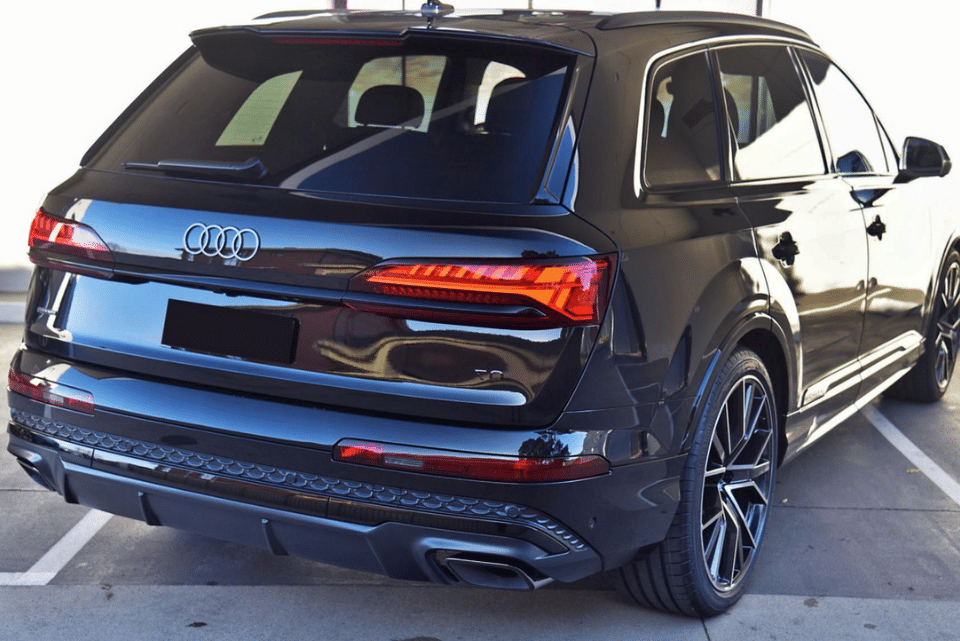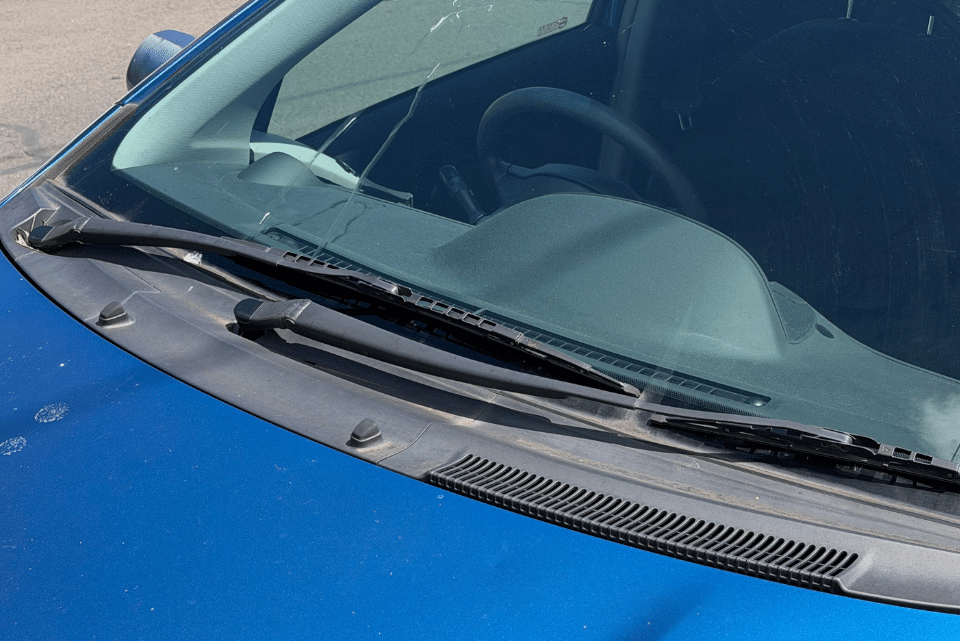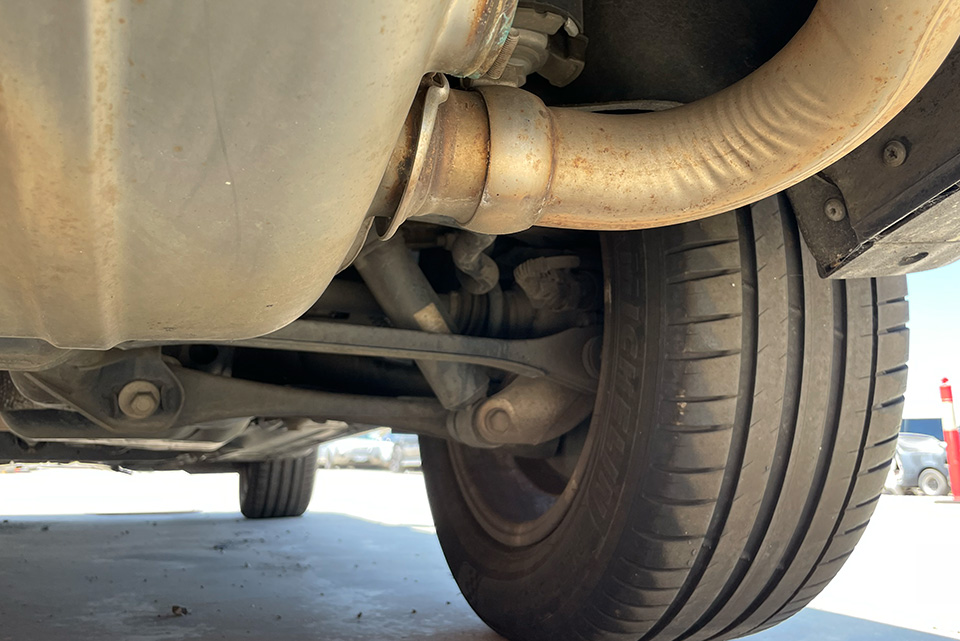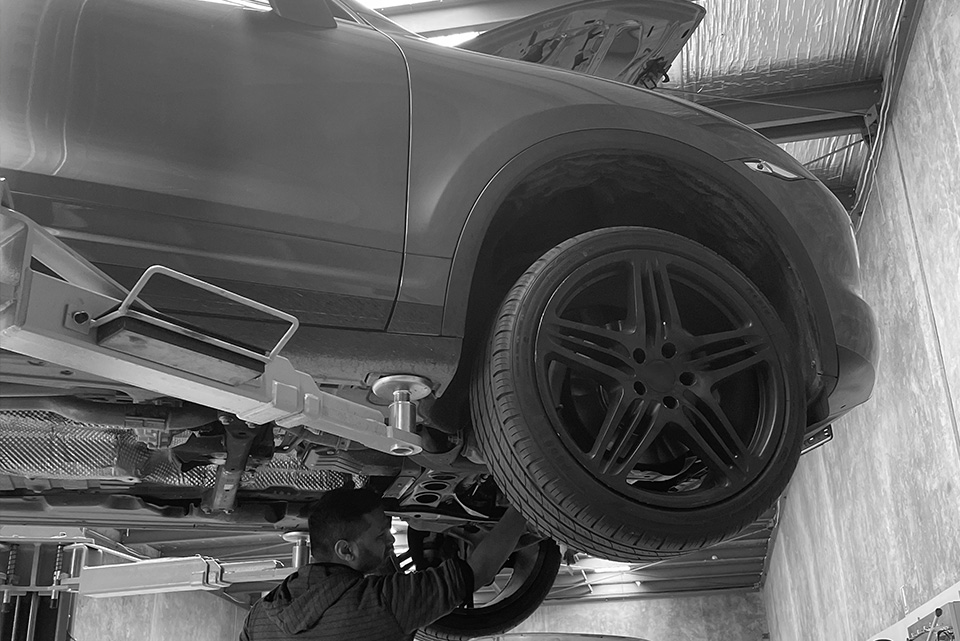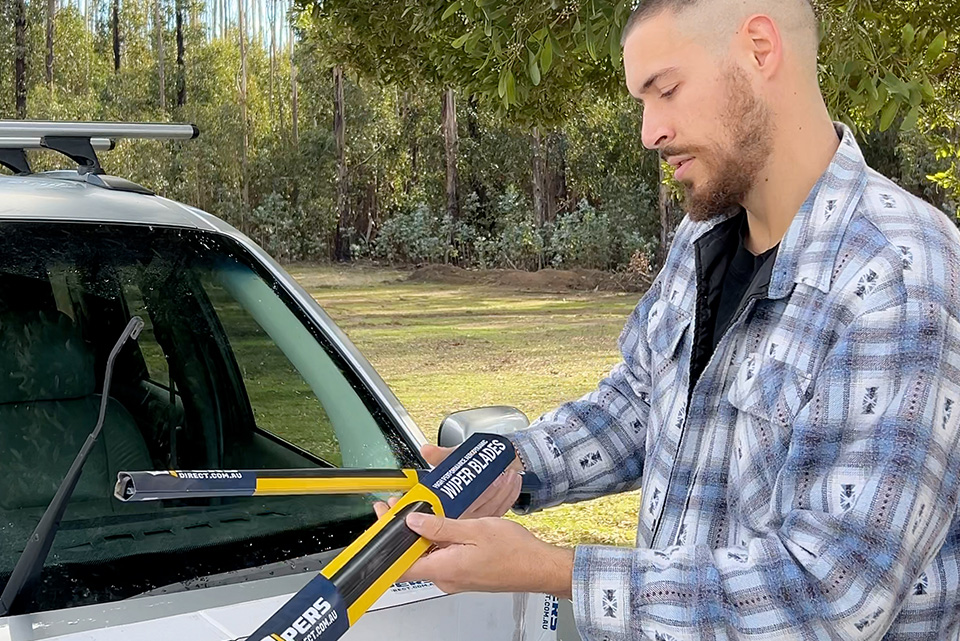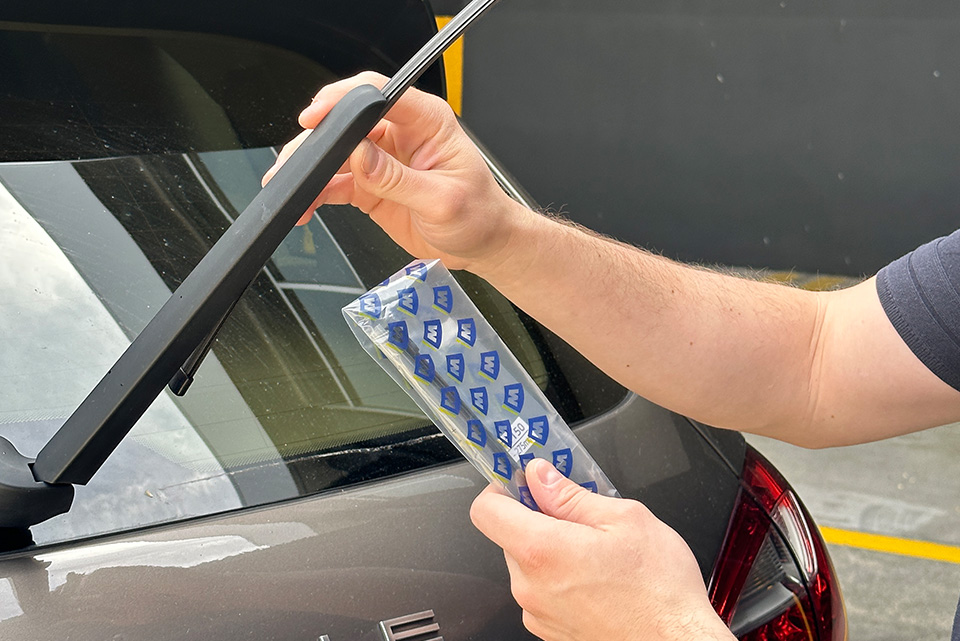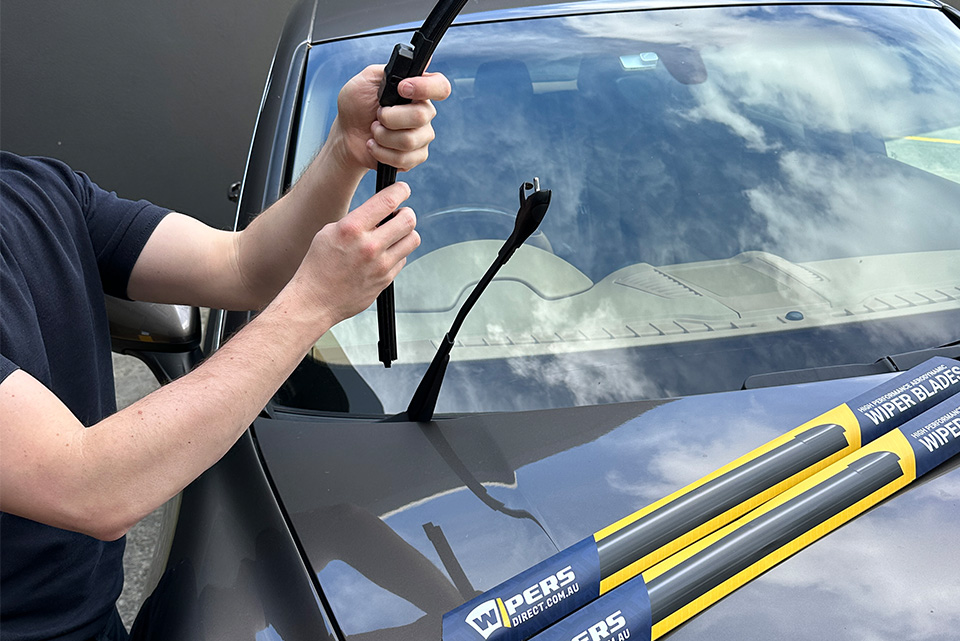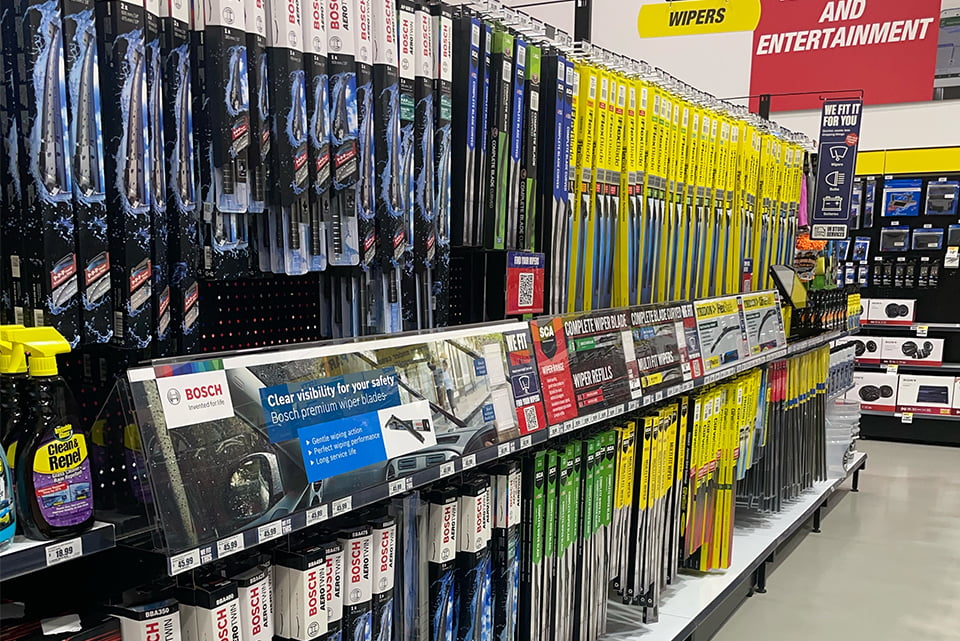Welcome to the complete guide to choosing the correct wiper blades for your Audi. In this guide we will cover everything you need to know about selecting and replacing wiper blades on your Audi. Moreover, clear visibility is essential for safe driving on the tough Aussie roads, in the country and the city. Your wiper blades play a key role in keeping your windscreen free from rain, dust, and road grime and your passengers safe. For Audi cars, the right replacement is more than just size, it’s about correct fitment, consistent performance and exact vehicle compatability. Use this guide to make the right decision, then verify your exact fit on the Audi brand page or browse the full range at Wipers Direct for better wiper blades that last longer.
Why the Right Wiper Blades Matter for Audi Vehicles
Audi’s engineering prioritises precision and high performancre in the whole product range. Audi’s are designed to autobarn speeds and therefore everything from the suspension to the windscreen (and wipers) is designed for high performance. Using blades not designed for your model can lead to streaking, skipping, mismatched pressure, or even damage to the wiper arm or worse… the wiper motor. Correct blades ensure even contact across the glass, quiet operation, full compatibility with rain sensing systems, and reliable performance in tough weather conditions. This is why we suggest you always go for an exact fit wiper blade rather than a uni-fit wiper blade.
Audi-Specific Considerations Before You Buy
Not every wiper blade suits every Audi and not all wiper blades are created equal for your Audi. Keep the below key points in mind when replacing your blades:
- Connector types: Audi models often use specific connectors, and universal adapters can compromise fit or put stress on the wiper arm and wiper motor. You must ensure that the connector is exact fit for your Audi and fits snug on your wiper arm.
- Curved windscreens and aero demands: Due to the curved shape of most Audi windscreens, beam or hybrid blades better conform to the windscreen shape and resist lift at higher speeds. We recommend this style of wiper blade over the old conventional metal frame wipers.
- Rain sensor accuracy: Smooth wiping and consistent pressure help sensors function correctly as the sensors work by analysing the water layer across the sensor on the glass. You must also ensure that the wiper blades are the correct length for your rain sensing sensor so the wiper passes the sensor at the right position.
- Highway performance: Low profile high performance Beam wiper blade designs reduce wind noise, flutter, and resistance which therefore make for a much quieter drive on the highway.
Blade Types Explained – Which Work Best on Audi?
| Type | Description | Recommended Use on Audi |
|---|---|---|
| Conventional (metal framed wipers) | Framed metal structure with exposed hinges and are often grey/black in colour and rust easily | Suitable for older vehicles without sensor or aerodynamic design demands |
| Beam / Flat / Aero | One piece, curved design distributing pressure evenly often with a smooth rubber surface covering the internals | Strong choice for most modern Audi models. This is the wiper blade that most Audi’s come from the factory as standard |
| Hybrid | Framed core with aerodynamic cover | Balanced option for varied conditions. These are more common on vehicles like Toyota/Mazda. We do not see this type of wiper blades on any Audi models. |
For deeper comparisons between all the different types of wiper blades, check out our guide on Natural Rubber vs Silicone and our How to Change Wiper Blades guide.
How to Confirm the Correct Fit for Your Audi
Selecting the right blade size and connector is crucial. You can confirm fitment by:
- Checking your vehicle’s owner manual which should outline the correct size of wiper blades
- Speaking to your dealership (although they charge a fortune for new blades so I would avoid this option)
- Comparing or measuring your old wiper blades on your vehicle
- Using the Audi brand page to choose your model and year and this will outline the correct length for your specific model.
If you’re unsure about compatibility, you can always reach out through our Contact page and one of our wiper experts will be able to assist with confirming the correct fitment for your vehicle. We have over 6 years experience in the wiper industry and our team have confirmed compatibility for over 3,500 models.
Popular Audi Models & Verified Fitment Links
We have collated some of the most popular Audi models below and included links to specific vehicle pages which will outline the size, wiper connector and have fitment details including photos and video guides. These pages help you find the correct blades quickly and accurately. If you believe we’ve missed any popular or common models, please let us know and we will add to the below. Models, years and product links below:
| Model | Year Range | Product Link |
|---|---|---|
| A1 Sportback (GB) | 2019–2023 | A1 Sportback |
| A3 Hatch (8V) | 2013–2020 | A3 Hatch 8V |
| A3 Hatch (GY) | 2021–2023 | A3 Hatch GY |
| A3 Sedan (8V) | 2013–2020 | A3 Sedan 8V |
| A3 Sedan (GY) | 2021–2023 | A3 Sedan GY |
| S3 Hatch (8V) | 2013–2020 | S3 Hatch 8V |
| S3 Hatch (8L) | 1999–2004 | S3 Hatch 8L |
| A4 Sedan (B9) | 2016–2023 | A4 Sedan B9 |
| A4 Wagon (B9) | 2016–2023 | A4 Wagon B9 |
| A4 Wagon (B8) | 2008–2015 | A4 Wagon B8 |
| Q2 (GA) | 2016–2023 | Q2 |
| Q3 (8U) | 2012–2018 | Q3 8U |
| Q3 (F3) | 2019–2023 | Q3 F3 |
| RS Q3 (8U) | 2014–2018 | RS Q3 8U |
| RS Q3 (F3) | 2020–2023 | RS Q3 F3 |
| Q5 (8R) | 2009–2016 | Q5 8R |
| Q5 (FY) | 2017–2023 | Q5 FY |
| SQ5 (8R) | 2013–2016 | SQ5 8R |
| SQ5 (FY) | 2017–2021 | SQ5 FY |
| Q7 (4L) | 2006–2015 | Q7 4L |
| Q7 (4M) | 2015–2023 | Q7 4M |
| Q8 (F1) | 2018–2023 | Q8 F1 |
| RS Q8 (F1) | 2020–2023 | RS Q8 F1 |
| e-tron (GE) | 2021–2023 | e-tron |
| Q4 e-tron | 2023–2025 | Q4 e-tron |
Most modern Audi’s use the push button style wiper blades like below:
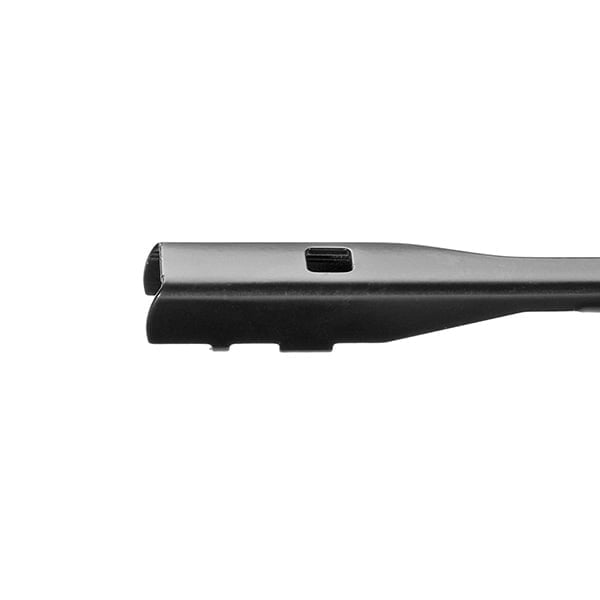
Older Audi models will use the hook style wiper blades that fit on the arm like below:
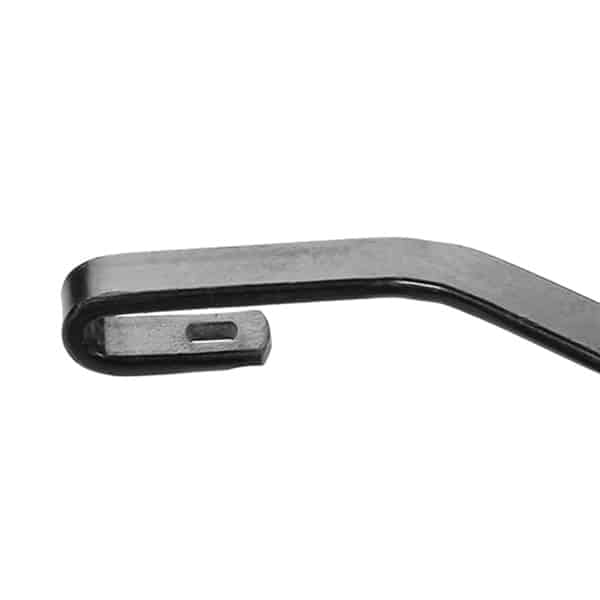
However, brand new models are using the slide pin lock wiper arms like below:
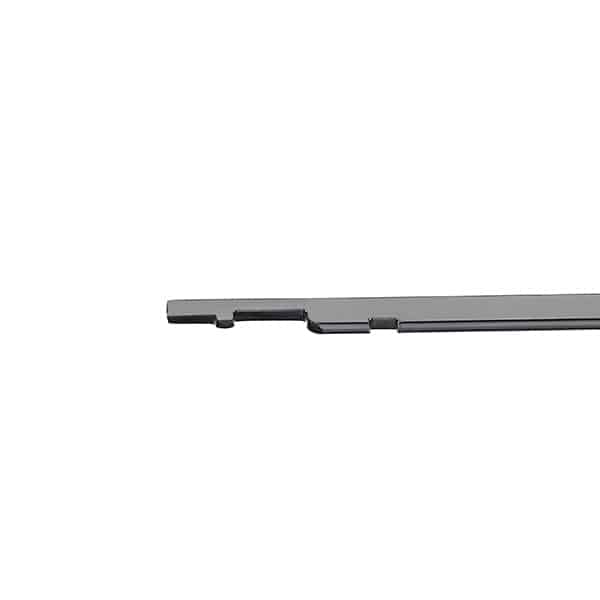
If you can’t see your exact model above you can browse the full Audi range via the Audi brand page or explore All Brands if you’re looking for a different vehicle brand.
Installation Tips for Audi Wiper Blades
Most Audi wipers can be replaced without tools or dealer specific functions. The basic steps to replace your Audi wiper blades that apply to most models are:
- Raise the wiper arm gently off the windscreen and put a soft towel down so you don’t risk the arm smashing against the glass.
- Press the release tab on the blade connector or unclip the old wiper.
- Slide the old blade off carefully and place it to the side. Do not dispose yet as you need to confirm the new blades fit correctly.
- Slide the new blade into place until it clicks and give it a tug to make sure it is secure.
- Lower the arm back onto the glass and remove the towel
- Remove the clear protective slips from the wiper blade rubber.
Always check your owner’s manual as some models require the wipers to be placed in service mode before removal. For more help, see our How to Change Wipers guide and Super Easy Installation tips.
How to Use Audi Wiper Service Mode
Most modern Audi vehicles include a wiper service mode as the wiper blades are often hidden under the top of the bonnet or window cowling, which lifts the wiper arms into a raised position for safe cleaning, maintenance, or blade replacement. This feature prevents damage to the arms or bonnet and makes it easier to replace wiper blades correctly. Moreover, sometimes the wiper arms can be blocked by the hood and therefore need to be in the middle of the glass to remove correctly.
What Is Service Mode and Why It Matters
When your wipers are in their normal resting position, they sit low beneath the bonnet line. Trying to lift them manually can cause scratches, damage the motor, or even crack the windscreen if forced. Service mode moves the wipers into a vertical position on the windscreen, allowing you to safely lift them away from the glass for cleaning or replacement.
There are two ways to activate service mode on most Audi models:
Method 1: Using the Wiper Stalk
- Ensure the vehicle is off and the wipers are not operating.
- Turn the ignition off completely.
- Press and hold the wiper stalk down for approximately 1 to 3 seconds.
- The wiper arms will move to the service position and stop vertically on the windscreen.
- To reset, simply turn the vehicle back on and activate the wipers once using the stalk. The blades will return to their normal resting position.
Method 2: Using the MMI Touchscreen
- Ensure the vehicle is fully off.
- Access the MMI touchscreen interface.
- Navigate to: Controls > Settings > Service & Reset > Service Mode > ON.
- The wipers will move to the vertical service position on the glass.
- To reset, toggle the setting to OFF or activate the wipers from the stalk.
Important Considerations
- Automatic return: Some Audi models automatically return the wipers to their normal position if a door or the bonnet is opened. Make sure all doors and the bonnet are closed before starting the service mode. If you are worried about this, you can remove the battery negative.
- Safety first: Always engage service mode before lifting the wiper arms to clean the windscreen or replace the blades to avoid damage.
- Manual vs automatic: Ensure the automatic wiper feature is disabled and that the wipers are in manual mode before activating service mode.
Instructional Video Guides for Audi Wiper Blade Installation
If you prefer a video walkthrough, these instructional video guides will help you install your new Audi wiper blades correctly. They cover the three most common wiper arm types used across Audi models.
1. Push-button style arms (most Audi models from 2008 onwards)
This guide applies to popular models like the A3, A4, Q5, Q7, and many more built after 2008.
2. Classic metal-frame arms (older pre-2008 Audi models) like the Audi TT
If you’re replacing blades on an older Audi model with traditional metal-frame wipers, follow this tutorial.
3. Pin-lock style arms (newer Audi models like the latest A3)
Some recent Audi vehicles use a pin-lock style connector. Use this guide to learn how to install blades on these systems.
These guides make the installation process quick and straightforward, even if you’ve never changed wiper blades before. For general written instructions, see our step-by-step installation guide.
Maintenance Tips to Extend Wiper Life
- Clean the blade rubber with a damp cloth regularly.
- Always use a quality car wash and clean your windscreen frequently.
- Avoid using wipers on a dry or dusty windscreen and squirt your washer fluid before running the blades.
- Replace blades when they streak, skip, or make noise.
- Use proper washer fluid (see our Washer Fluid Guide).
- Follow best practices in our Streak-Free Window Guide.
Recommended Audi Wiper Blades
Here are a few popular Audi models with verified fitment for specific Audi models:
These pages provide blade sizes, connector details, installation tips, and vehicle compatibility information. However, if you need to find your specific car we recommend you view the Audi model search to find your car.
Frequently Asked Questions
How often should Audi wiper blades be replaced?
Replace blades when performance declines and your wipers start to leave streaks and smears. Most drivers replace them every 1-2 years depending on usage and climate. In Australia this usually means every 1 year as the harsh UV from the sun causes wiper blades to dry out and streak.
Do universal wiper blades work on an Audi?
They might physically fit, but they often fail to provide correct pressure or connector compatibility. Exact-fit blades are recommended. Universal wiper blades with swappable or generic connectors are not recommended for most modern Audi models. They might be cheaper but you will pay in the long run with damage to your wiper arms, wiper motor or glass.
Do newer Audi models require Beam style blades?
Yes, many recent models come with high performance Aero Beam style blades from the factory. Confirm on your specific vehicle by selecting your exact model on our vehicle finder. If you have an older Audi, you can also upgrade to the High Performance Aero Beam blades which will improve performance over the old metal frame wiper types.
Conclusion
Choosing the right wiper blades for your Audi is about more than just size, it’s about ensuring the perfect fit, reliable performance, and long term durability. Verify compatibility for your specific model, select high quality materials, and follow proper installation and maintenance steps. You can find the correct fitment quickly using the Audi brand page. If you need assistance, our team is always ready to help through the Contact page.
Clear vision is one of the simplest yet most important upgrades you can make and the right wiper blades make all the difference to your safety and driving comfort.

